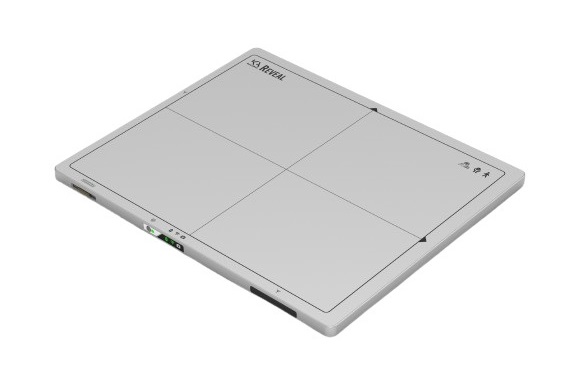Flat Panel Detector Speeds Up Imaging and Diagnosis
Posted on 20 Sep 2024
Imaging in the ICU presents unique challenges, particularly when computed tomography (CT) is not a viable option. ICU patients are often in critical condition and may have multiple lines, tubes, or implantable devices, making transportation to the medical imaging department difficult. A new study has now shown that an innovative flat panel detector offers improved image quality, comparable or faster reading times, increased diagnostic confidence, quicker time to potential intervention, and the ability to reduce the need for CT imaging in the ICU.
The study evaluated KA Imaging’s (Waterloo, ON, Canada) Reveal 35C detector, which provides dual-energy images directly at the patient's bedside, addressing many of the challenges associated with ICU imaging. Seventeen participants, including radiologists and intensivists, were interviewed for the study. More than half of the physicians reported better image quality, faster or equal reading times, increased confidence in diagnoses, and a shorter time to potential intervention.

Additionally, the study suggested a reduction in the need for CT scans. Intensivists reported a trend toward fewer CT scans, supported by hospital data showing a 37.5% decrease in chest CTs during the study period compared to the previous three months and a 16.67% reduction compared to the same period in the prior year.
“In certain cases, especially when computed tomography (CT) is not an option, dual-energy X-ray can permit improved visualization of soft tissues by subtracting unwanted structural noise […] and simultaneously reducing unnecessary radiation exposure. Medical lines and tubes can be better visualized using the bone image that dual-energy X-ray detectors also produce,” the study noted.
Related Links:
KA Imaging













